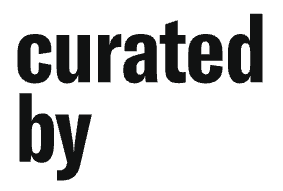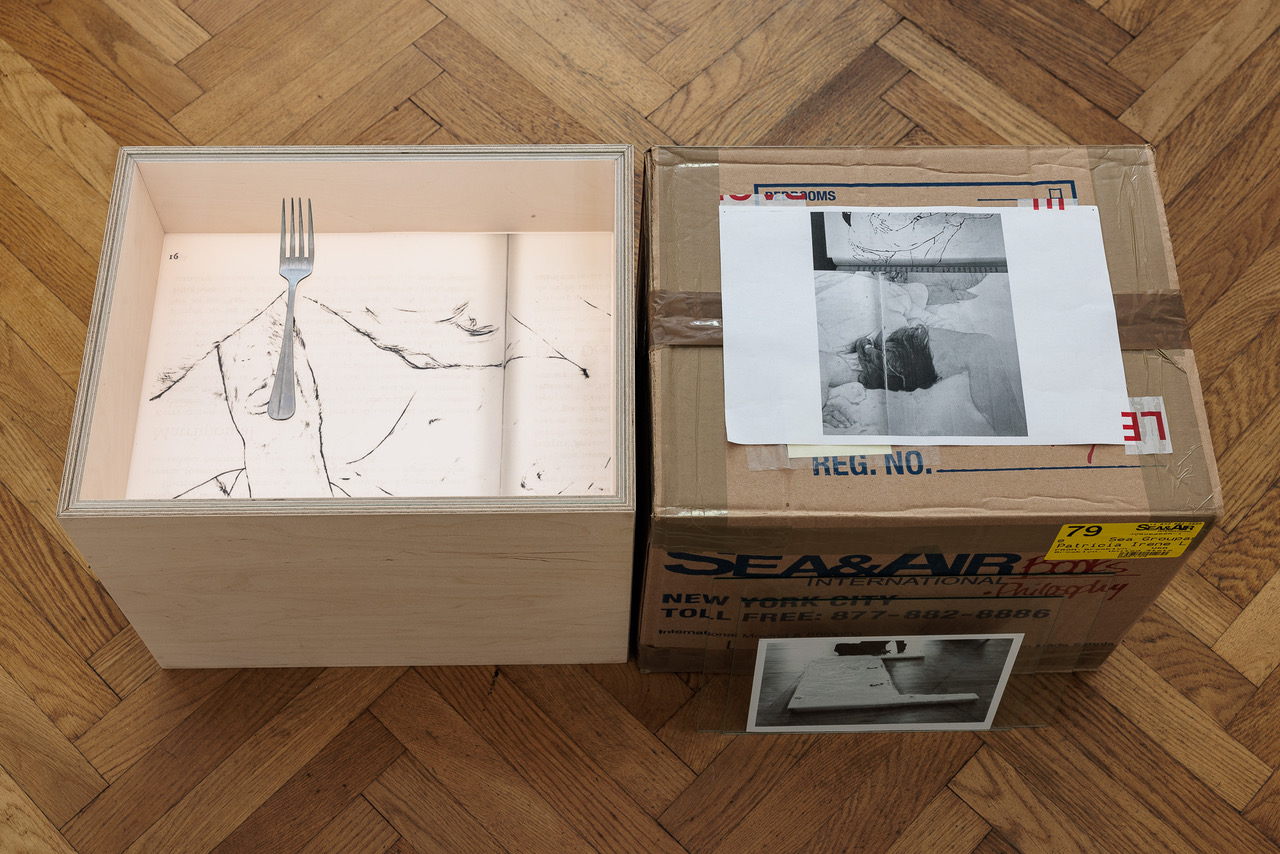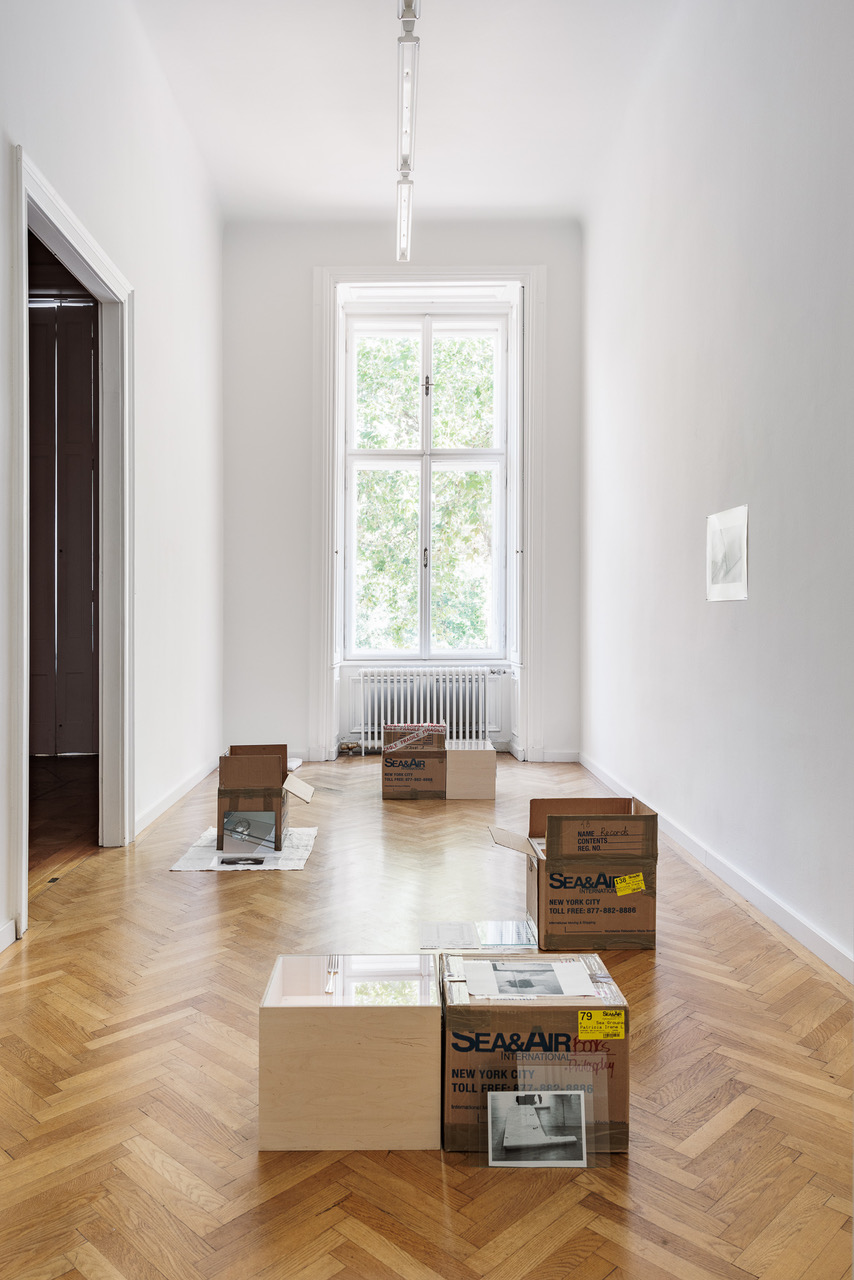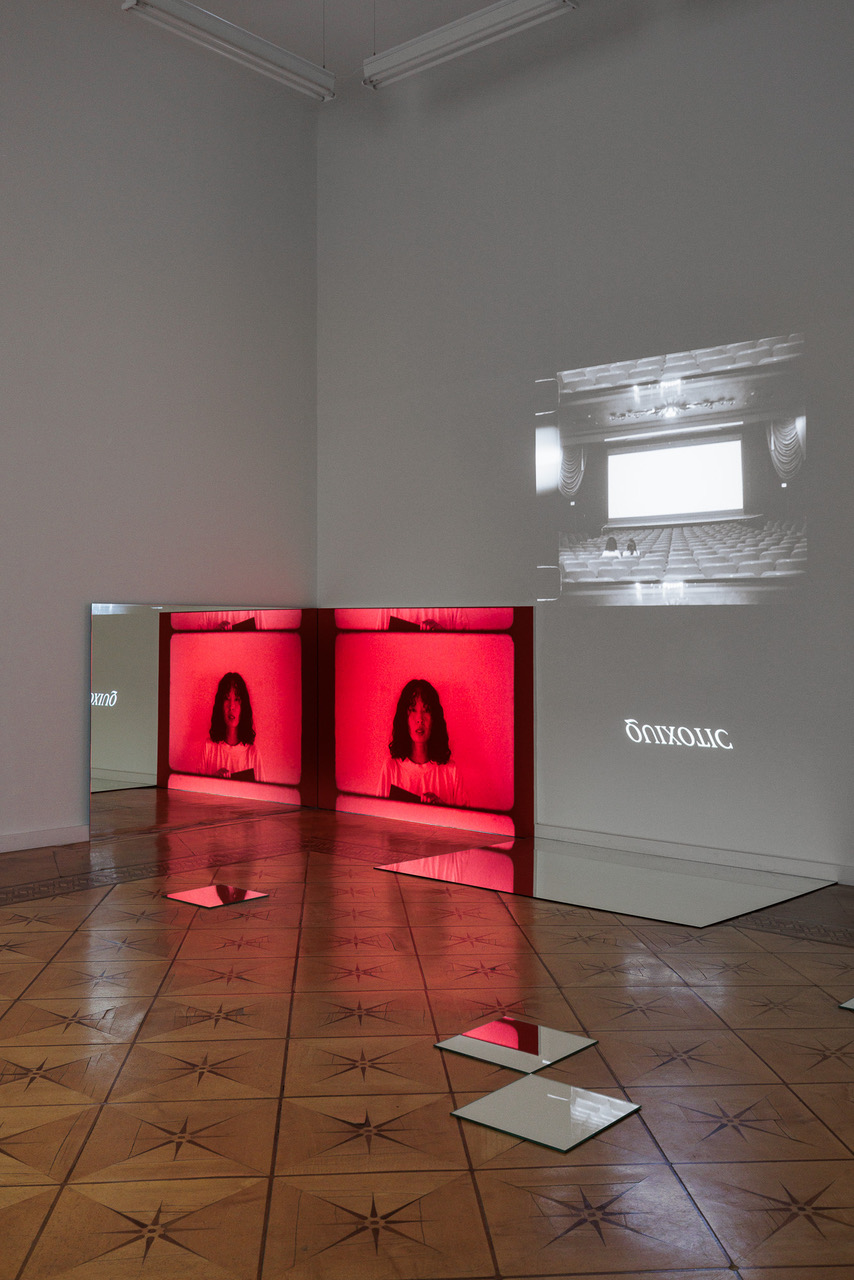Croy Nielsen curated by Quinn Latimer
„Perpetual Language“

www.croynielsen.com
Curator(s):

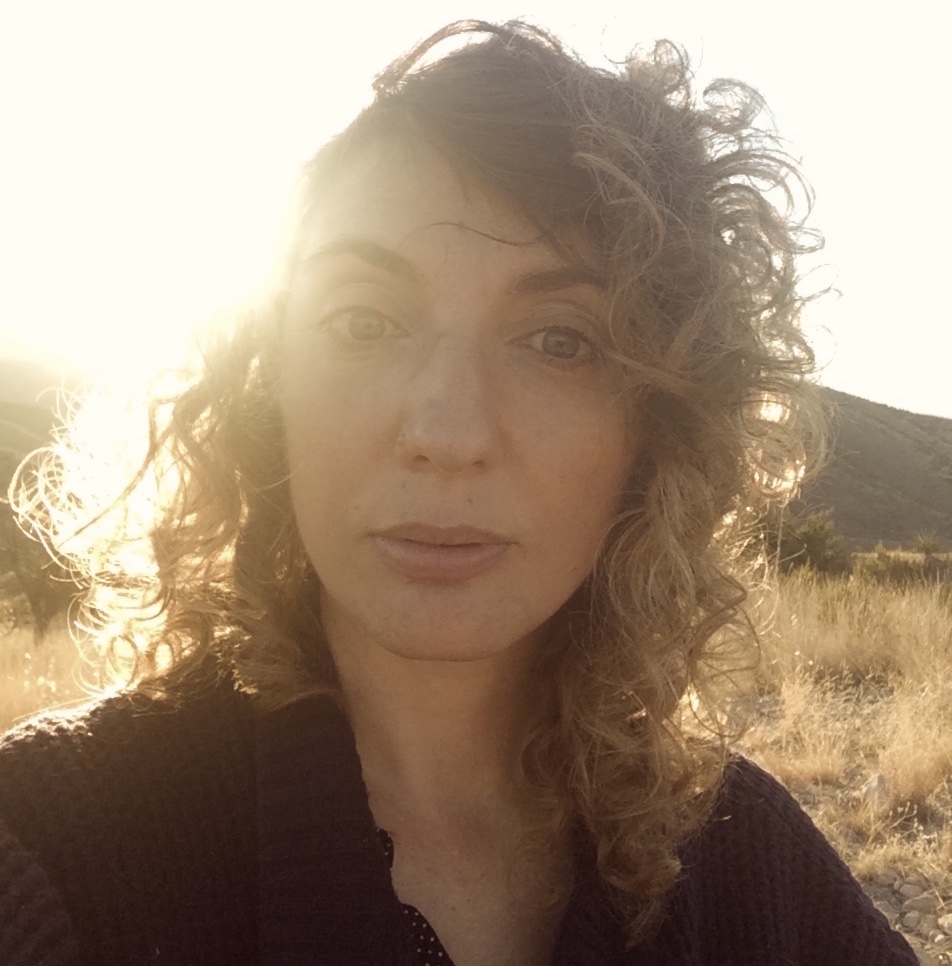
Artist(s):
-
Patricia L. Boyd More
Patricia L. Boyd lives and works in London. Her work will be included in the 13th Taipei Biennial (2023).
She has had solo exhibitions at Reena Spaulings Fine Art, New York (2023), Secession, Vienna (2022), Kunstverein München (2021),
Front Desk Apparatus, New York (2020), Christian Andersen, Copenhagen (2019),
Cell Project Space (with Rosa Aiello), London (2019), 80WSE, New York (2017), and Modern Art Oxford (2014), among other venues.
Recent institutional group exhibitions include Amant, New York; Kunstverein Brauschweig; Stadt-galerie Bern; Bonner Kunstverein; CCA Wattis Institute for Contemporary Arts, San Francisco; Steirischer Herbst, Graz; and the 13th Lyon Biennale.
-
Na Mira MoreNa Mira lives and works in Los Angeles. Recent and forthcoming exhibitions include the Whitney Biennial 2022, Whitney Museum of American Art, and Company Gallery, New York; Midway Contemporary Art, Min- neapolis; Museum of Contemporary Art, Tucson; Paul Soto and Institute of Contemporary Art, Los Angeles; and Art Sonje Center, Seoul. Mira graduated from the University of California, Los Angeles, and the School of the Art Institute of Chicago. Her works are in the public collections of the Walker Art Center, the Los Angeles County Museum of Art, and the Whitney Museum of American Art. In 2022, Wendy’s Subway published the first collection of Mira’s writings.
Exhibition text
More
Summer. Dust, red. The heat comes in waves, the dreams do, the dust does. “Idea of the subject as set of traces (waves) recast according to different wavelengths,” writes Roland Barthes (after the Greeks). These traces floating like radio waves or waves of dust, glittering, pollinating, adding a red shimmer of nuance (intensity) to the air, as when the Sahara is sent across the Mediterranean, tracing Athenian terraces and parked cars with a glittery coat of copper grit, some red gradient.
“The word pollen comes from the Greek palyno, meaning dust. Dust brings new life, and dust is what’s left of dead things,” Patricia L. Boyd writes.
“Dust is made of mostly skin... dust as migration…the displacement of Koreans to China and Mongolia under the occupation … radio transmits signal to receiver, dust as transmission, collective memory,” observes Na Mira. Mira is writing about her new moving-image installation made under the influence of Theresa Hak Kyung Cha’s final, unfinished film, White Dust from Mongolia (1982).
Of her unfinished work, Cha herself once noted: “There exists a ‘Hole’ in Time, a break in the linearity of Time and Space, and that empty space, the Absence, becomes the fixation, the marking that is the object of retrieval, a constant point of reference, identification, naming.”
In 1978, Barthes would announce: “I gather under a name, which here is the Neutral.” As Cha studied film in Paris, Barthes was lecturing every week on Le Neutre at Collège de France, where, from his chair in literary semiology, he offered a “phantasmic teaching.” In her final thesis, Cha would write that she was pursuing, as stated by Roland Barthes, a “plurality of entrances, the opening of networks, the infinity of languages.”
So it might be here: that plurality, that infinity of entrances opening onto a language at once perpetual and ardent and burning. That is, some “perpetual adoration,” per Barthes. That is: Language as material, memory, ancestor, analysis, apparatus, index, collage, montage, mirror, box, language. Without fascism (RB).
Likewise, Boyd and Mira, whose image- and language-strewn practices—at once sober and spectral in their approach to sign, signification, and montage, in their accession of openings and objects for retrieval—are also sharpened “on the edge of language, on the edge of color,” to echo Barthes again. Their bodies of work made at the edge of life, its materials and mountains and itemizations and apartments and hallucinations. If to work from life or dreams, language or images, the living or the dead, suggests the paradigm in which meaning is made from the false binaries of such terms, it is against this inherited system that their art of the nonlaw is put into process. Its qualities: vital, skeptical, fragile, contingent, perishable, lyrical, laconic, hallucinatory, lucid, other.
Consider Boyd’s new sculptural series on view, which continues from her last exhibition, Where You Lie. Made from the recontextualization of materials taken from the artist’s domestic autobiography, the works’ primary materiality is a set of cardboard moving boxes gleaned from life and separation, writ with language and its affective operations (FRAGILE FRAGILE FRAGILE reads the red font on wide white tape). The works offer a series of stations strobing the floor. “They emerge,” writes Boyd, “as I reprocess my ‘baggage’ at a pivotal moment in my life. They propose a set of everyday actions as part of a sculptural vocabulary: packing, unpacking, sorting, counting, listing, separating, clearing, detaching, discarding, departing.”
The moving boxes, now become sculpture, hold and withhold contents, personal possessions—images, objects, lights, sheets, indices, litanies of minimal memory—and so delineate the dispossessions of self and shared life, its shattering and stunning displacements finding new form and new meaning. “But, as always, form comes with dreams, with images of contents,” per Barthes.
If The Neutral, divested of the will-to-possess, is imbued instead with the will-to-live, yet it remains strangely aligned with the “ownership of the objects we call ‘personal,’” material that has a mnemonic charge. Indeed, Boyd’s sculptural system here functions, in some sense, like an ideosphere, that is, in how “the pieces are placed and held together by the language … the way the crate held by the worker's hands already resembles a crate.”
A kind of negative theology, this. A kind of clearing out, per Boyd herself. Note the nuanced pleasure—the desperate vitality, à la Pasolini—of producing a new system, new form, from the detritus and dogmatism of the normative order. If Boyd’s materials are marked by the violence of transport, of movement and memory, they are also defined by the cut—of place, time, material, relation, image, desire—and its montage of frames.
The frames and cuts of Mira’s new film installation offer another modular reworking and strobing of the space, at once structural, speculative, semiotic. Imagining scenes from Cha’s unfinished White Dust, Mira stages them in some hallucinatory meeting of a fragmentary inheritance: theatrical, diasporic, and sounding. The dreamlike scenes and sounds were summoned by the artist’s meditations and automatic writings: a figure crawling across the seats of a theater; another holding a film slate, marking off her staccato performance of language; footage of the Hallasan volcano haloed by fog in Korea. Evoking ancestral space-time from Cha’s archive, and the artist’s own Korean matrilineal histories, their cosmologies and ecologies, Mira scores the work with the haunting songs and talk news of 1540 AM Radio Korea. Its eerie transmissions cut in and out of the voices of the artist and her actor, their exacting spells.
The film is projected on a painted red wall, which is then mirrored, dissembling light and images, not quite colorless. Yet: “Red is the neutral color of film,” Mira notes. (The “safelight” of the dark room is red, remember.) By projecting the film directly onto the “disappearing conditions of its development, we can follow to wherever red fades to,” Mira writes, adding: “My mother says my real art is to invent a new color, ‘something like pink.’”
The mirror itself articulates itself in fragments across the floor, marking it off and offering various meanings, images. To the Greeks, the mirror is ego: Narcissus’s watery reflection. In the Tao, per Chang-tzu: “The Perfect uses his mind as a mirror … his movement is apathetic as is that of water, his immobility is that of the mirror, his reply is that of the echo.” Mira’s echo of Cha’s oeuvre is liquid, moving. Her reply a fluid admixture of structuralist film and shamanism, apparatus and animism. Korean Shamanism is called Mu, meaning ‘nothing,’ ‘death,’ ‘dance.’ “The Mudang is the intermediary between the living and the dead,” writes Mira. “Shamans use mirrors to see the spirits.”
To wit, Barthes again: “The Neutral (I will be more brief) is not ‘social’ but lyrical, existential.”
Images that come in waves—like watery dreams or the driest dust—like language without rhetoric.
An exhibition of activities at once “burning and ardent.” Form of contents, phantoms. Skins of boxes and books and images; languages of light and darkness and the velvet seating of theaters; the oily taste of film. (In a game of Chinese Portrait, when asked what fabric The Neutral is, Barthes answers himself: Velvet.) Waves of desire because “one must always go all the way to the end of a desire … or of a wound,” instructs Barthes. The wound of color: thin streak of blood at the horizon, the blue darkening like a bruise above.
Cha said of her White Dust: “All the elements I have outlined are encompassed in the larger context of MEMORY … It represents a body of time that is eternal and immeasurable, within which our existence is marked like a wound.”
In Barthes’s famous anecdote, possibly apocryphal, that is, literature, about The Neutral’s origins, he described being dazzled one day by the colors of inks at the store: the blues, greens, reds, blacks. He bought them all. Most intrigued by the one labeled, that is, named, Teinte Neutre. Color of the grammatical androgyne. At home he quickly opened the bottle and the ink spilled: to his disappointment, a flat grayish black. As such, the monochrome gets much play in discussions of The Neutral, and so it is here, in this exhibition, with its monochromatic frames, forms, textiles, texts, montages, reflections. But not quite colorless: shot through with red, almost pink, like dust. We are on the edge of color, like language.
Dust as a kind of ghost, then, kind of container, for both color and the colorless. Dust as autoexistance. Its specter filling rooms, boxes, projections, montages, this exhibition, with its linguistic transmissions and formal desires. Dusty phantoms that haunt rooms, walls, floors: Barthes, Cha, various shadowy figures, semblances of selves, female forebears, formerly lucid relations. Their languages and litanies and laconic lists scrawled or staccato or hissing across forms and images, their signal discursive and traveling, smearing and fading. Summoning language so as to speak to the other, that phantasmic pleasure, and then the line cutting, dropping, ending. Exit Language (FIN).

